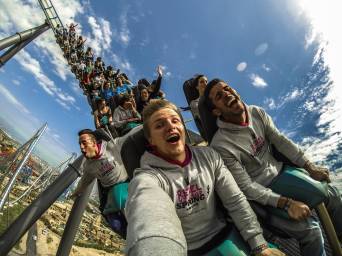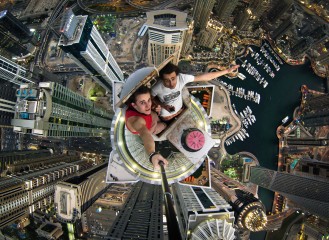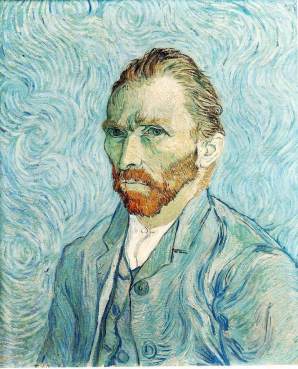Social media has been part of my life for a long time. I have Myspaced, Facebooked, Twittered, GooglePlused (Ha! Just kidding), and whatever came out that sparked my angsty teenager self. For years, I sat down and posted misspelled statues with absolutely awful pictures to try to make me look cool. I was pretty seasoned in social media and all I did was put my bootay on some sort of surface and browsed. And browsed. And for some reason, I never got bored. However, thinking about the platforms brings a great point…why? Well, I guess it’s because I want to be constantly connected with people who matter to me and my world.
Nah, it’s about the power and influence, man.

Think he is losing in life? His 4,000 friends on Facebook will tell you different.
You might be confused, and quite frankly, I’m confused too, but stick with my banter and you’ll be rewarded with a cute picture of a sloth.
The power aspect is interesting because it’s hard to see at a personal level. Nevertheless, if you take a look at some of your own habits on social media, you kind of see it. For example, you share a controversial post on Facebook about orangutan abuse in Spain and all of a sudden, your mother and 5th best friend from preschool are having a great conversation about it in the comments. How is this power? Simple, you influenced an exchange that may have never happened. You created something and that feels nice. Have you ever been in a group of friends and one of them always get’s the group talking? That person has the ability to influence the creation of communication which in it’s own manner is powerful.
Confused still? Well this is only a small amount of power. Add a few hundred more people and we got something good! When many people in a social media platform combine and push for something, it can create a huge wave of power. Think of an army of peasants armed with long pointy sticks. Enough of them becomes a force to reckon with. The best example of this hive mind of power is during any internet firestorm. A firestorm is a rapid discharge of protest or attack on a person or organization quotes Social Media #facts. Firestorms used to be somewhat a non-threat, something that only happens with a small group of people, but in modern times, it’s much more serious. A firestorm can absolutely destroy a person in terms of presence and credibility. A great (and local) example of this would be the situation with a Purdue staff member and his comments. If one person would have yelled to the big Cloud in the sky, no one would really care, but if a bunch of people scream, you can shake some foundation. In this case, the internet firestorm caused him to quit. Plus, his credibility crumbled like a crappy dollar store cookie. That is serious, that is power.

Well, that’s a “hot” topic….GET IT! HAHHAHAHAHAHDHFKLD:AJS:JDJFKAS
That is only one example of power. There are tons of examples of power! There are users on social media that created so much “conversation” that they now have an enormous amount of power. Take Jerome Jarre, a Vine star, for example. He had practically nothing at first. After months of working on his Vine game, he gained power! So much, that he started to do things that are stupid for views. In 2014, he was detained for a prank he did on a plane. Yeah, that’s a bit much, but he wouldn’t have done it if he didn’t realize he had power and influence.
Yeah yeah, there is power, but how can we utilize it? More specifically, what can organizations do to use it? Well that’s easy, nothing.
What?
Yes, nothing.

I SAID DO NOTHING!
Organizations themselves already have some power. They have money and manpower, two parts to success. No matter how much of either you have, you will not be able to control people of social media. Using social media can be great for organizations. It can make a company into something it never imagined like Wuju Hot Sauce. However, you cannot force users to comply. For example, Woody Harrelson did an AMA on Reddit. It is a great place to spread a message (once again, Wuju). However, the users were getting frustrated by the forceful advertisement of a new movie and back lashed. It didn’t work and, if anything, hurt the organization (in this case a person) bad. What organizations should do is let the social media users come to you. Don’t try and get them, but make a space for them for “conversation.” There is the word again! Conversation is powerful and it will always be powerful for years to come.
There is still some points that I would have liked to brought up, but I think you get the point. Give a comment in the box if you have an argument and or an agreement! Oh, and here is your prize…

Actually…this is horrifying.








